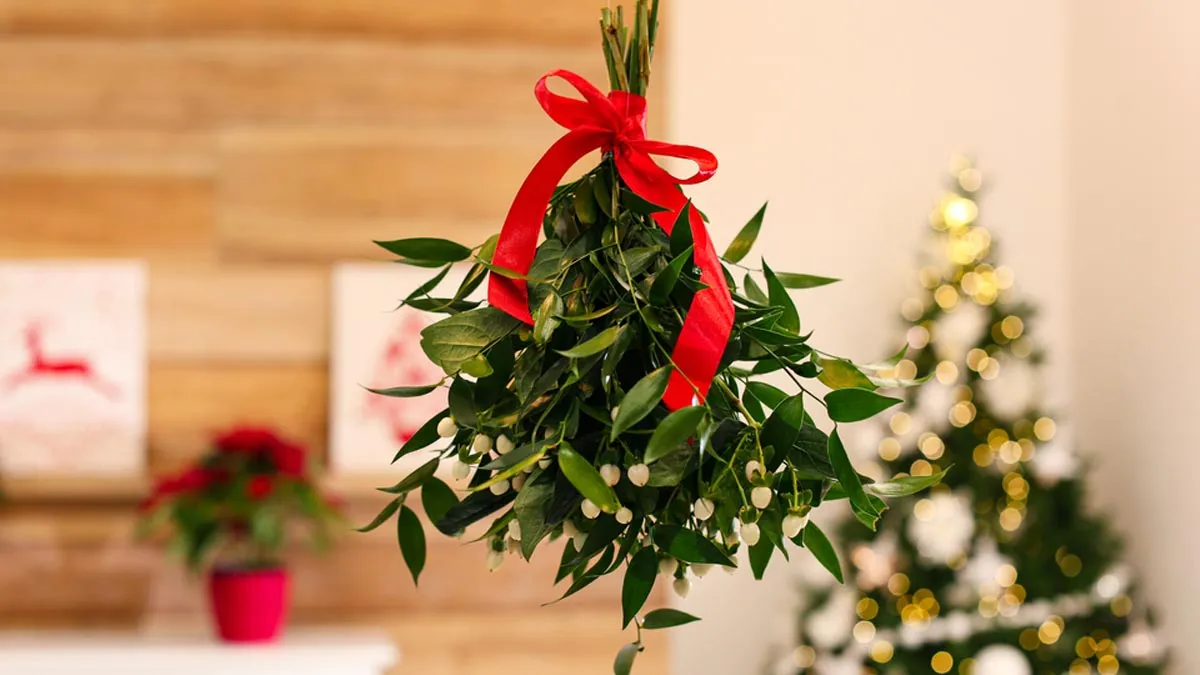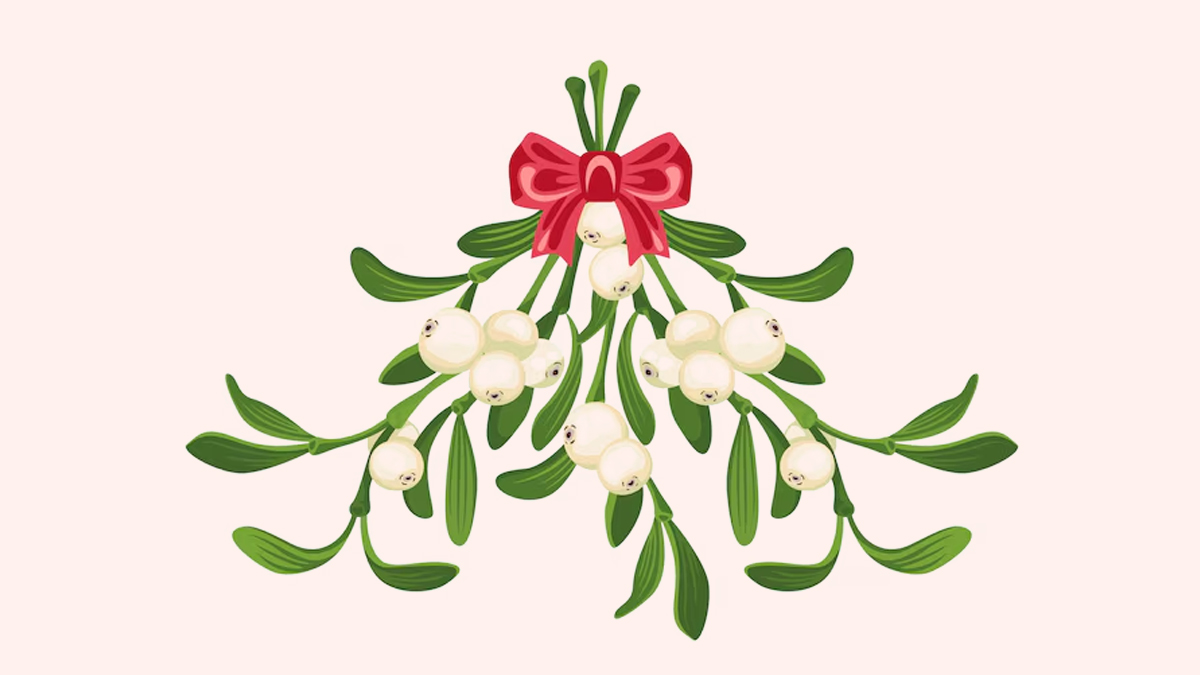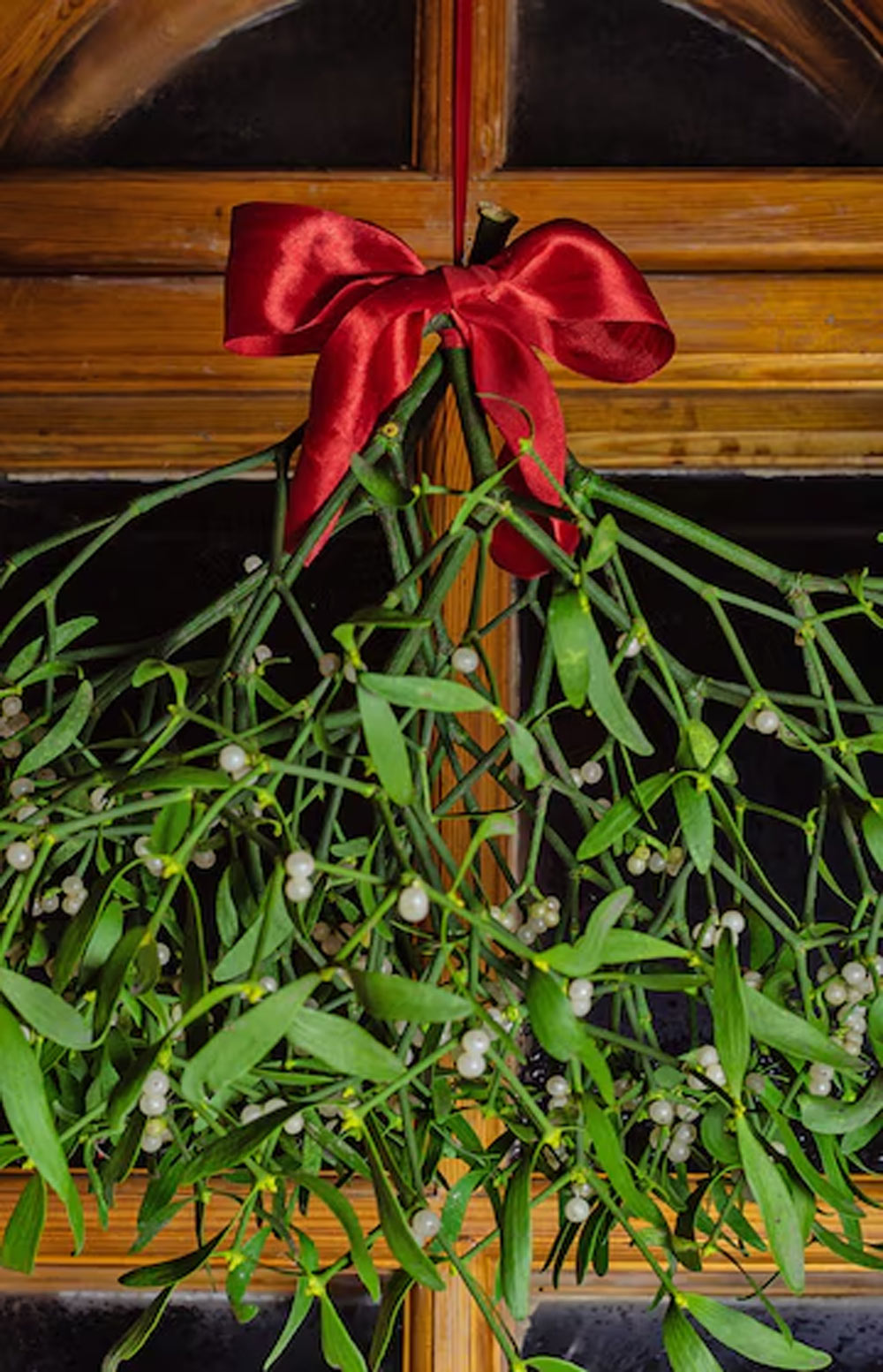
Mistletoe is often celebrated as a symbol of love and romance during the festive season, particularly Christmas. Traditionally, it is believed that sharing a kiss under a sprig of mistletoe brings good fortune. One charming custom suggests that if a woman under mistletoe is asked for a kiss, she must reciprocate, or risk a year of misfortune. While these romantic traditions add to its festive charm, mistletoe is far more than a holiday decoration. This fascinating plant has a range of healing properties that have been revered for centuries. But what exactly makes mistletoe so special, and how can it contribute to health and well-being?
Table of Content:-
A Brief History of Mistletoe

Mistletoe’s association with healing dates back to ancient times. The Druids of Celtic culture revered mistletoe as a sacred plant, believing it possessed magical properties to protect against evil and bring fertility. In Norse mythology, mistletoe played a key role in the story of Baldur, the god of light and purity, where it symbolised love and reconciliation. In European folk medicine, mistletoe was often used to address ailments such as epilepsy, hypertension, and menstrual issues. Today, it continues to hold cultural significance, while its medicinal properties are being studied and utilised in modern healthcare practices.
Healing Properties of Mistletoe
Modern science has begun to uncover the therapeutic potential of mistletoe. Its extracts are now widely studied for their anti-inflammatory, immune-modulating, and anticancer properties.
Boosting Immunity

Mistletoe extracts are rich in bioactive compounds such as lectins, viscotoxins, and flavonoids, which are believed to stimulate the immune system. These compounds enhance the activity of white blood cells, strengthening the body's natural defences.
Cancer Treatment Support
One of the most significant areas of research on mistletoe focuses on its role in complementary cancer therapies. According to the National Institute of Cancer, mistletoe extracts may help reduce side effects of chemotherapy and improve the quality of life for cancer patients. The study suggested that mistletoe not only alleviates symptoms like fatigue and nausea but may also have tumour-inhibiting properties.
Also read: Can The Mistletoe Tree Miraculously Treat Cancer?
Managing Hypertension
Mistletoe has long been used to regulate blood pressure. Studies suggest its active compounds may have vasodilatory effects, helping to relax blood vessels and improve circulation. This property makes it particularly beneficial for people with hypertension or cardiovascular issues.

Anti-Inflammatory Effects
Chronic inflammation is linked to various health problems, from arthritis to metabolic disorders. Mistletoe contains antioxidants that reduce oxidative stress and inflammation, promoting overall wellness.
Balancing Hormones
Traditional healers have used mistletoe to support women’s health, particularly for regulating menstrual cycles and easing menopausal symptoms. Its natural compounds are thought to influence hormonal balance, though more research is needed in this area.
How to Use Mistletoe Safely

While mistletoe offers numerous health benefits, it’s important to use it with caution. Raw mistletoe berries and leaves can be toxic if consumed directly, so they should never be ingested without proper processing. Mistletoe extracts and preparations are available in various forms, such as teas, tinctures, and injections, which are safe when used under the guidance of a healthcare professional.
Before incorporating mistletoe into your routine, consult with a qualified practitioner, especially if you are pregnant, nursing, or taking medications. As with any herbal remedy, dosage and method of administration are crucial to ensure safety and effectiveness.
Mistletoe’s Role in Modern Medicine
In addition to its traditional uses, mistletoe has gained recognition in the field of integrative medicine. It is particularly popular in European countries like Germany and Switzerland, where it is prescribed to support conventional treatments and enhance patients’ well-being. Its potential for broader applications in healthcare continues to be explored, with promising results in areas such as oncology and stress management.
A Symbol of Healing and Harmony
Beyond its medicinal properties, mistletoe holds a unique place as a symbol of love, peace, and unity. Whether hung in doorways during the holidays or used as a natural remedy, this humble plant reminds us of the interconnectedness of health, tradition, and nature.
Also watch this video
How we keep this article up to date:
We work with experts and keep a close eye on the latest in health and wellness. Whenever there is a new research or helpful information, we update our articles with accurate and useful advice.
Current Version
